Course
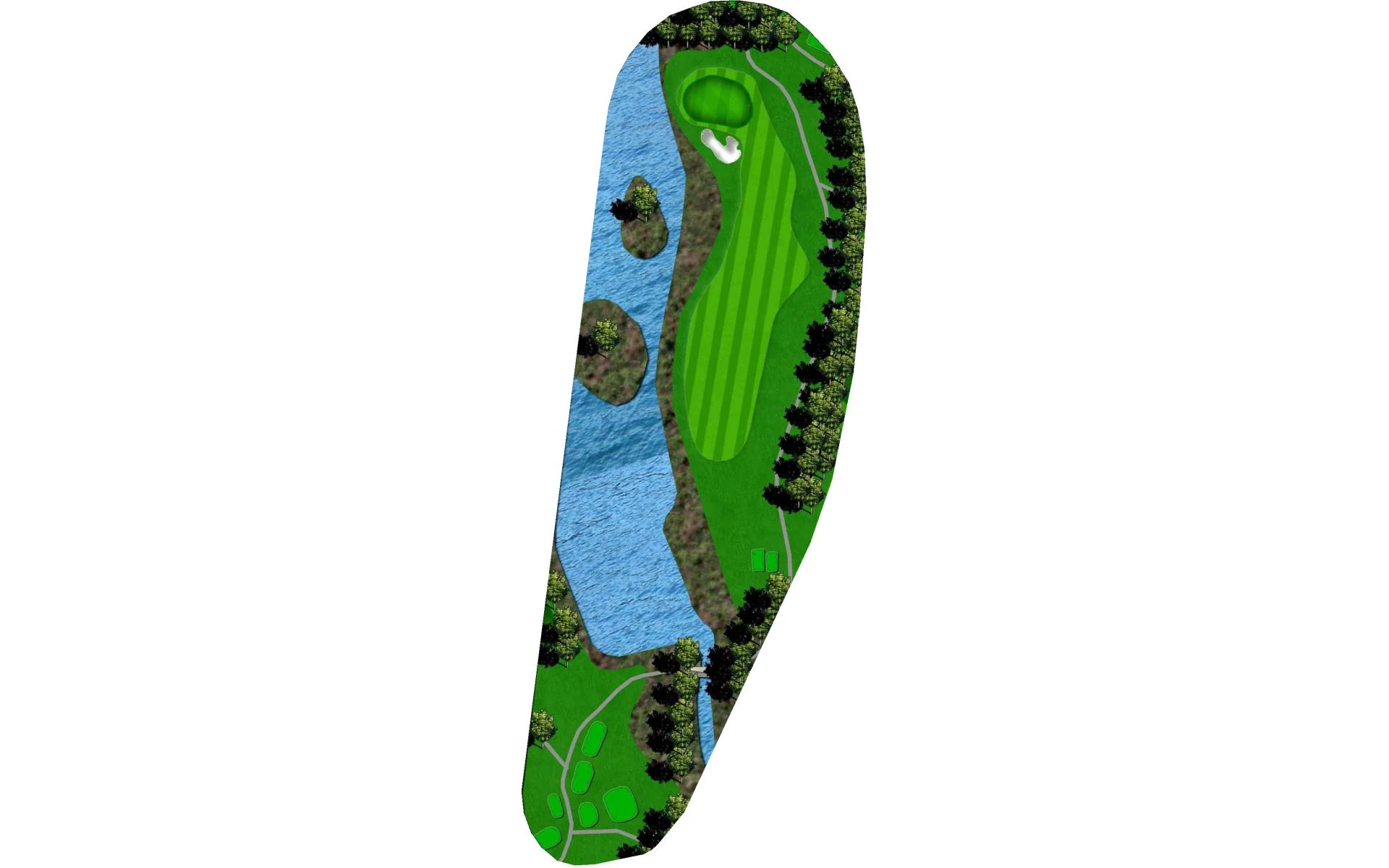
# 1 / Hole #1
Par: 4
Handicaps:
Men's 8
Women's 11
“The spirit of golf is to dare a hazard, and by negotiating it reap a reward, while he who fears or declines the issue of the carry, has a l…
“The spirit of golf is to dare a hazard, and by negotiating it reap a reward, while he who fears or declines the issue of the carry, has a longer or harder shot.” – George Thomas, 1927
Yardage by Tee:
Club 297
Cobble 297
Granite 341
Nugget 220
Pebble 220
Slope:
Granite 134 / Club 126 / Cobble 122 / Pebble 131 / Nugget 128
Pro Tips
This short par 4 presents a somewhat daunting introductory test, as players must hit their tee shots over the club’s Audubon sanctuary, which hugs the entire left side of the fairway. The more water you take on and the closer you position your drive to the left side of the fairway, the shorter your approach shot to this slightly smaller-than-average green. Once in the fairway, this hole plays easier than most on the course. Just remember, the longer the club used for the approach shot, the more difficult it will be to hold this shallow putting surface.
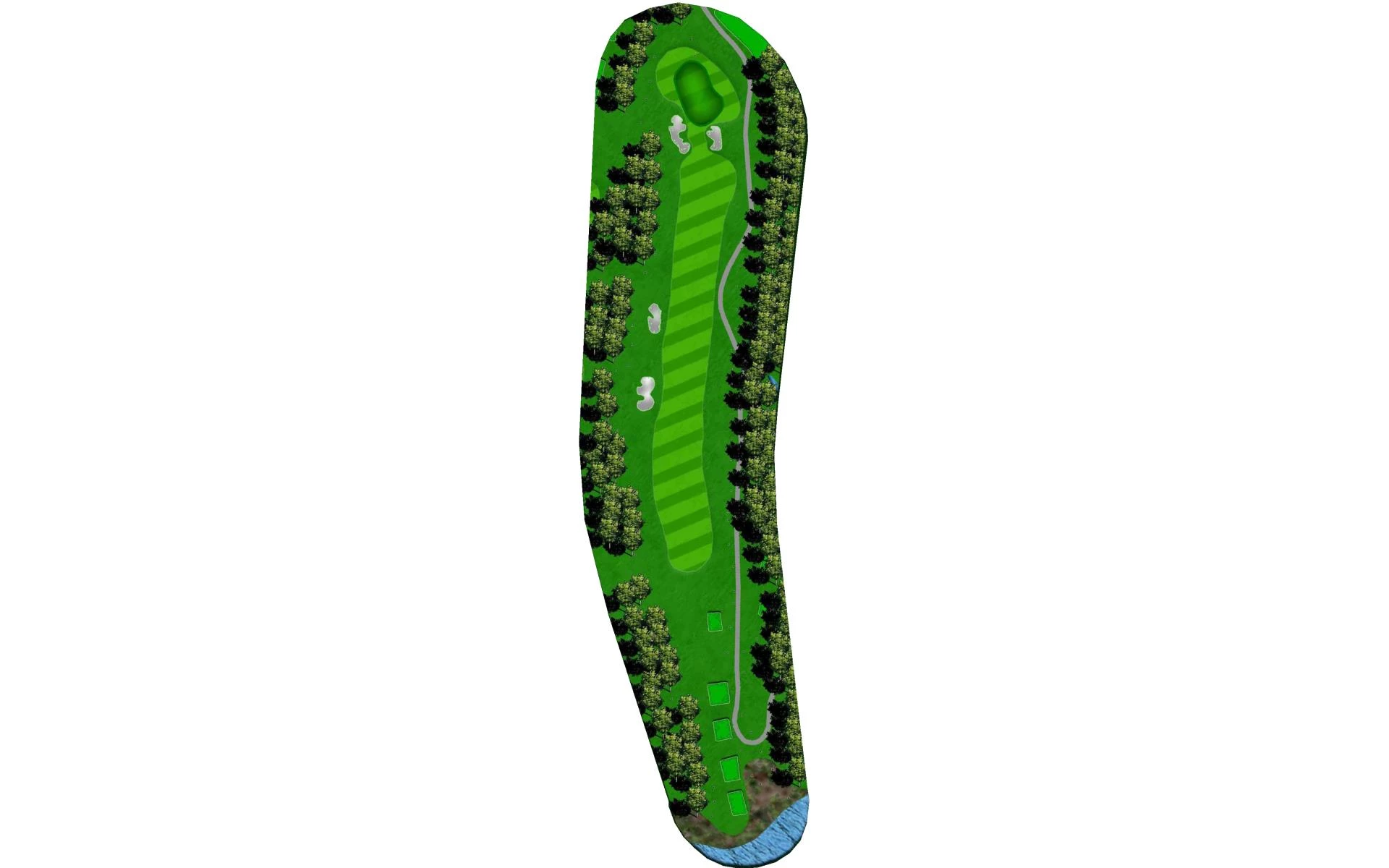
# 2 / Hole #2
Par: 4
Handicaps:
Men's 4
Women's 1
“A test of accuracy must also be provided for tee shots, and the player [must] learn to take a line, and not just blaze away at right angles…
“A test of accuracy must also be provided for tee shots, and the player [must] learn to take a line, and not just blaze away at right angles to the tee grounds.” – H.S. Colt, 1919
Yardage by Tee:
Club 373
Cobble 353
Granite 387
Nugget 316
Pebble 316
Slope:
Granite 134 / Club 126 / Cobble 122 / Pebble 131 / Nugget 128
Pro Tips
Two fairway bunkers on the left-hand side are the primary obstacle on this uphill par 4, and they both come into play, which means accuracy off the tee is paramount. A good drive might leave only 150 yards into the green, but a tee shot that finds those bunkers will considerably lengthen a player’s second shot.
The approach is no less intimidating, as the fairway slopes from left to right, meaning players are likely to encounter downhill, hanging lies and will be hitting up to an elevated green that’s well-guarded by bunkers.
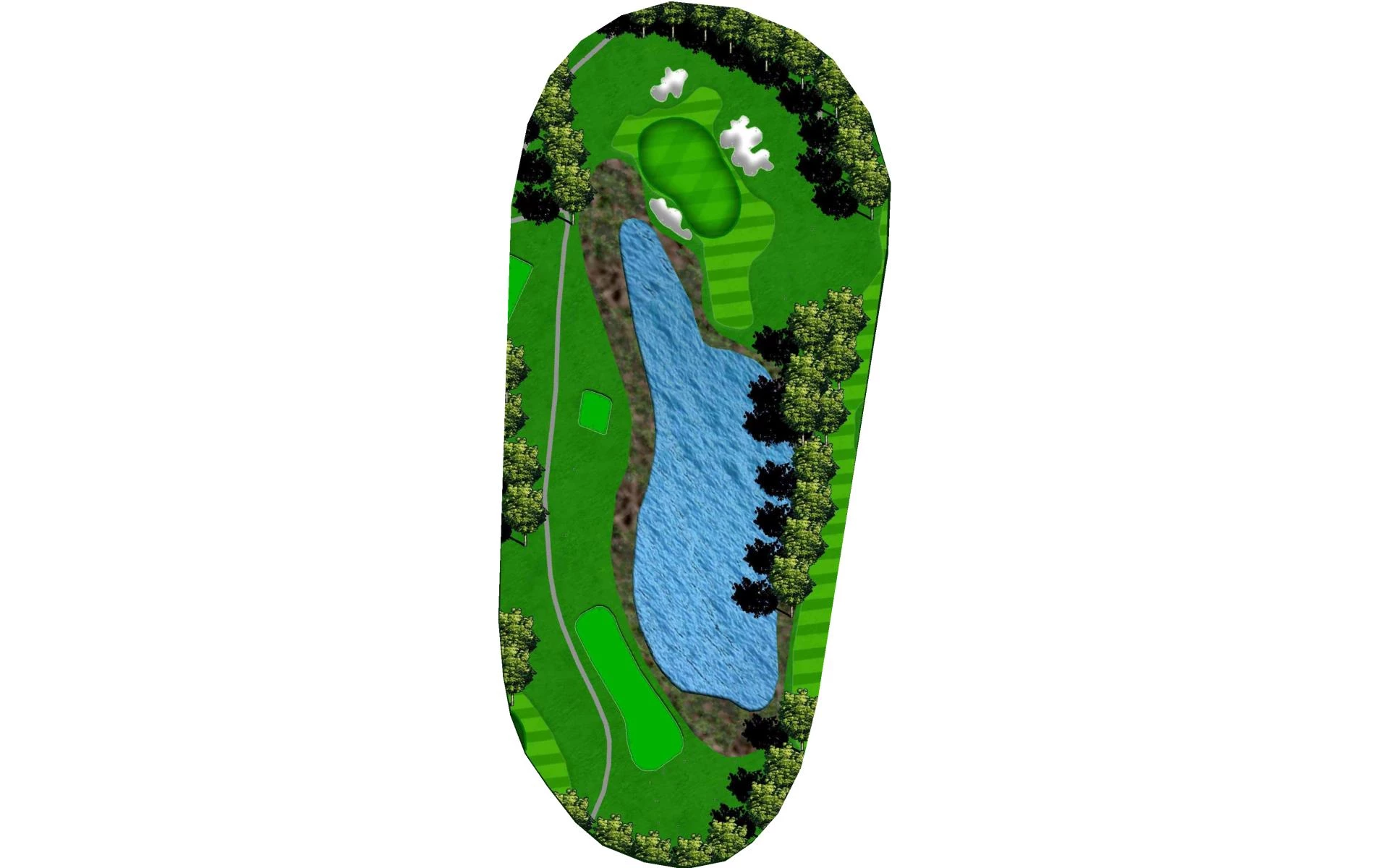
# 3 / Hole #3
Par: 3
Handicaps:
Men's 16
Women's 15
“Hazards are to make the game interesting….” – Alister Mackenzie, 1920
Yardage by Tee:
Club 152
Cobble 140
Granite 162
Nugget 75
Pebble 75
Slope:
Granite 134 / Club 126 / Cobble 122 / Pebble 131 / Nugget 128
Pro Tips
There’s no avoiding the hazard on this short par 3, as the pond must be carried, no matter which tee box is played. The green complex features a redan near the front of the putting surface on the right side, which can feed balls down the slope and toward the middle of the green. Hit it too far on that line, however, and you’ll likely end up in a penal backside bunker. The safe play is to the middle of the green, where players are almost guaranteed putts no longer than 20 feet, even when hole locations are cut near the far left and right of the putting surface.
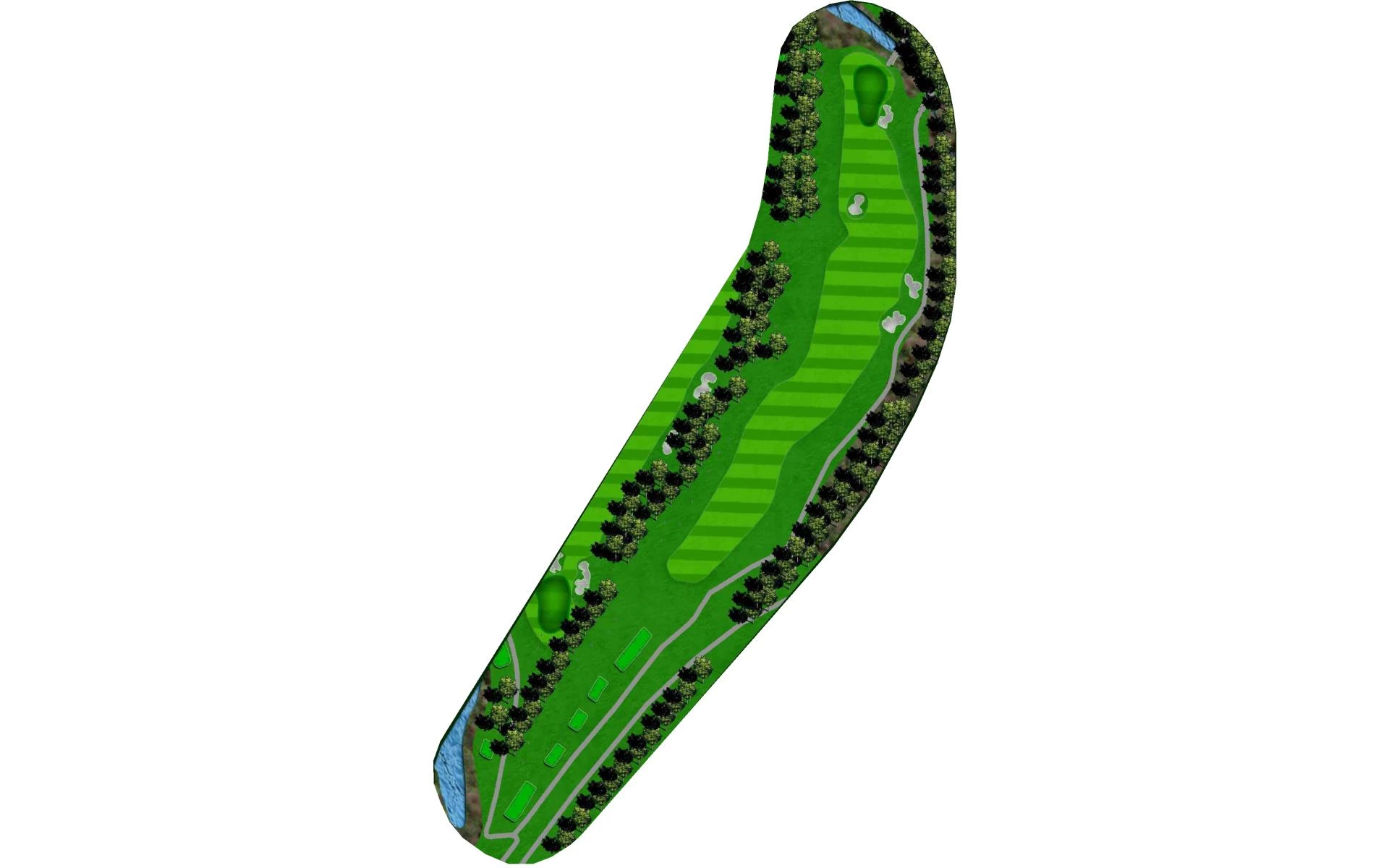
# 4 / Hole #4
Par: 5
Handicaps:
Men's 2
Women's 3
“Hazards should be placed with an object in mind, and none should be made which has not some influence on the line of play to the hole.” – A…
“Hazards should be placed with an object in mind, and none should be made which has not some influence on the line of play to the hole.” – Alister Mackenzie, 1920
Yardage by Tee:
Club 483
Cobble 483
Granite 513
Nugget 463
Pebble 463
Slope:
Granite 134 / Club 126 / Cobble 122 / Pebble 131 / Nugget 128
Pro Tips
Fairway bunkers on this gradual downhill par 5 won’t come into play off the tee, but players will be forced to contend with them on their layups, especially if their drives find the left side of the fairway, as they’ll be blocked out by a large blue oak. Appropriately, this hole’s green complex sports design features that are characteristic with Mackenzie’s work, not the least of which is a rounded knob on the left side of the putting surface that can feed balls forward and to the right depending on where and how shots interact with it. The feature is easier to avoid from 100 yards out, but players who are going for this green in two will be at the mercy of the bounces.
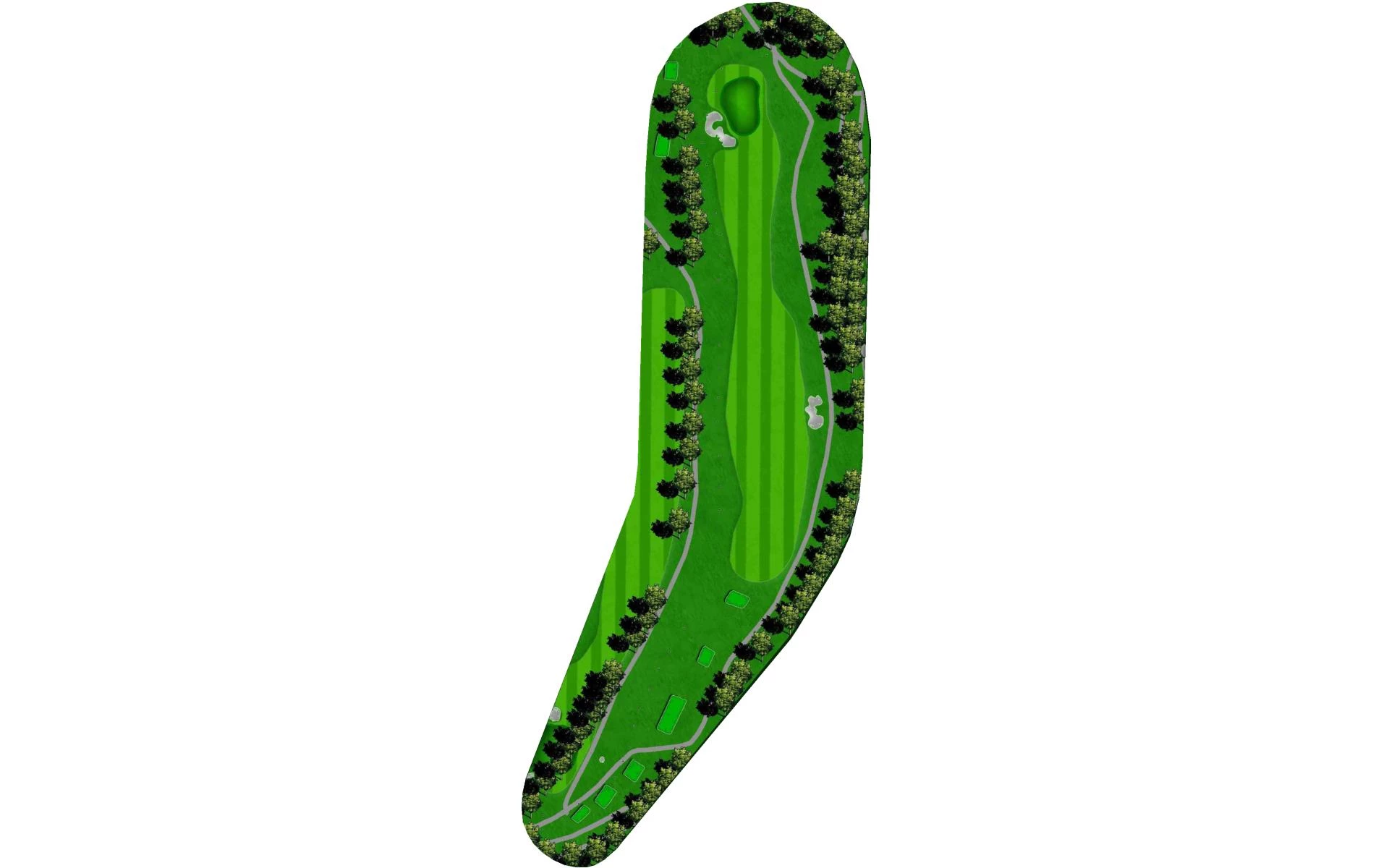
# 5 / Hole #5
Par: 4
Handicaps:
Men's 10
Women's 9
“Length means nothing without character, but a true test must have sufficient length and character.” – George Thomas, 1927
Yardage by Tee:
Club 411
Cobble 371
Granite 434
Nugget 334
Pebble 334
Slope:
Granite 134 / Club 126 / Cobble 122 / Pebble 131 / Nugget 128
Pro Tips
Granite Bay’s number one handicap hole has plenty of length, but the sweeping dogleg left, which plays entirely uphill, is also teeming with character. The front of the green is unobstructed, which means players can try to run shots up onto the putting surface, while a significantly contoured greenside bunker on the left defends part of the green. Fortunately, a redan-like design to this green complex allows plays to attack the green from the right, but even big hitters are likely to have a long iron in their hand for that approach shot.
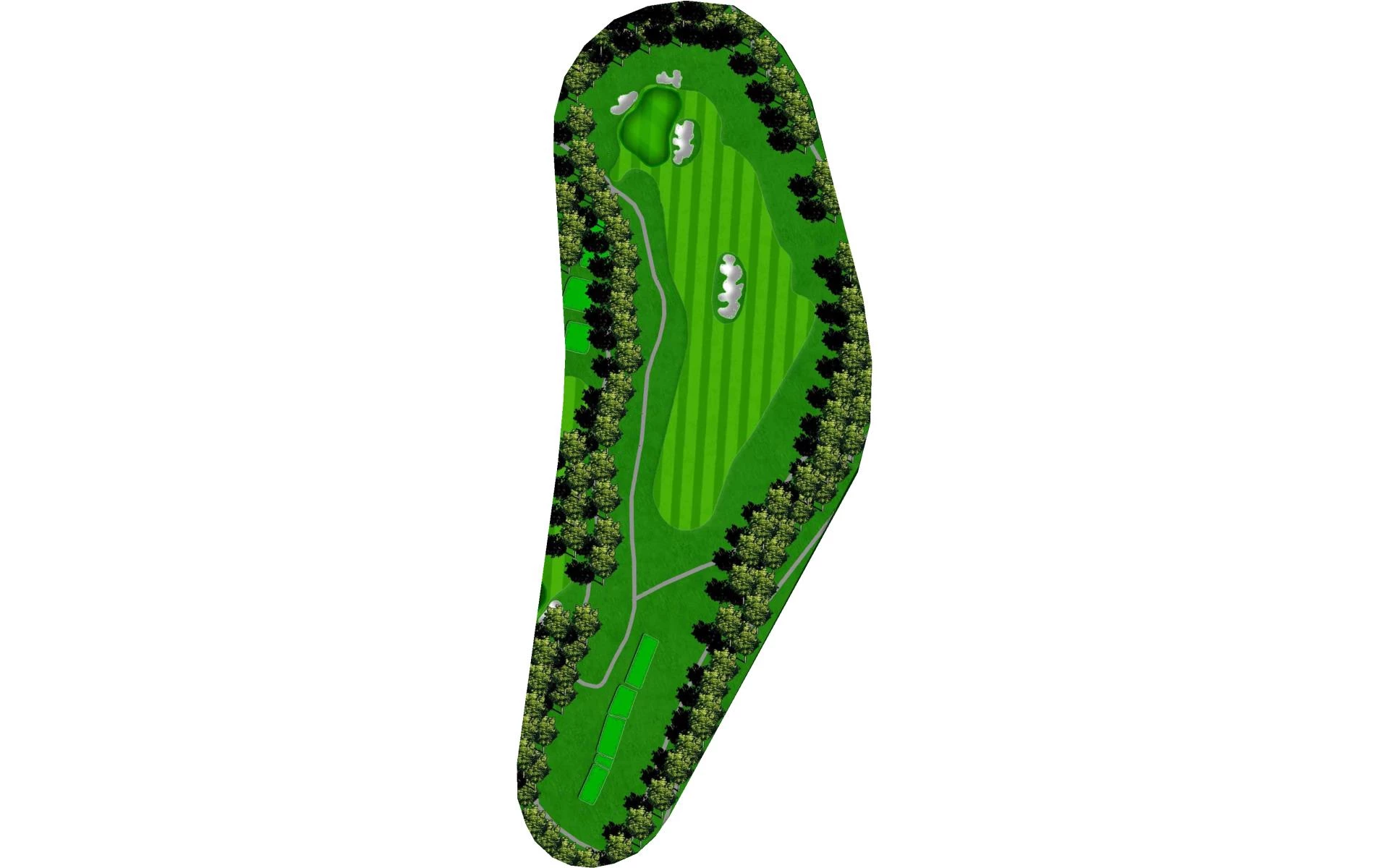
# 6 / Hole #6
Par: 4
Handicaps:
Men's 12
Women's 13
“The skill required on holes of shorter length should be as great as on long holes.” – George Thomas, 1927
Yardage by Tee:
Club 277
Cobble 277
Granite 302
Nugget 334
Pebble 261
Slope:
Granite 134 / Club 126 / Cobble 122 / Pebble 131 / Nugget 128
Pro Tips
The sixth hole plays significantly longer than the number on the scorecard, as it moves uphill almost 100 feet from tee to green. With an accurate tee shot, birdie opportunities are in play, as the green’s contours have been softened; but aggressive players who want to shorten the hole will have an even greater advantage—so long as they can hit their tee shots on line. That said, the closer you get to the green, the more likely you’ll be left with a pitch shot over a front greenside bunker that must be hit from a stance with a ball below your feet.
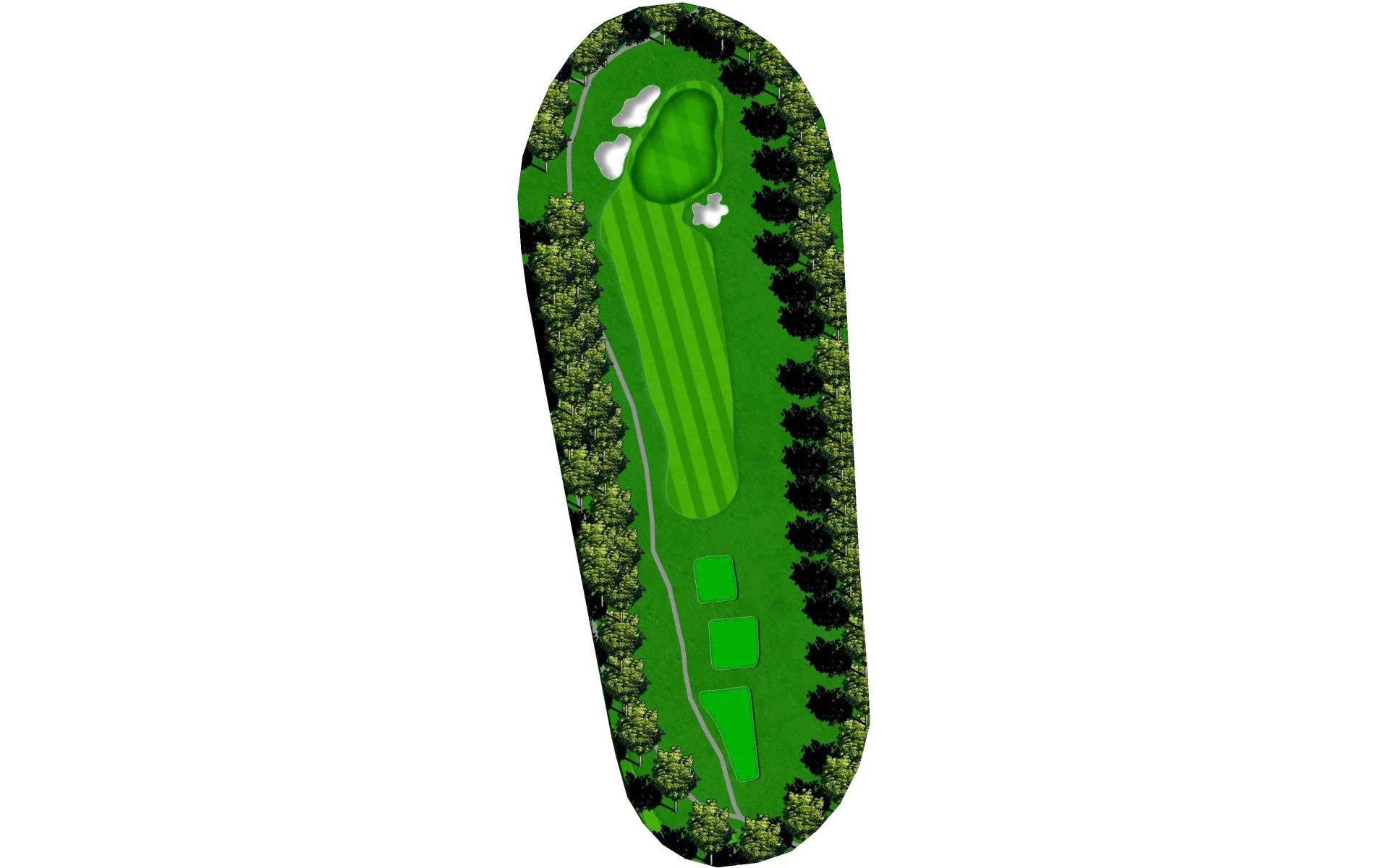
# 7 / Hole #7
Par: 3
Handicaps:
Men's 18
Women's 17
“Make a course which is pleasurable to all classes of golfers.” – Alister Mackenzie, 1920
Yardage by Tee:
Club 140
Cobble 122
Granite 157
Nugget 122
Pebble 122
Slope:
Granite 134 / Club 126 / Cobble 122 / Pebble 131 / Nugget 128
Pro Tips
Make sure you assess the direction of the wind while you’re still standing on the 6th green, as the tee boxes on number seven are shielded enough from the breeze that it can be tough to determine the wind’s location once you’re there. When you do get to these tee boxes, don’t let visions of the snowcapped Sierra Mountains distract you in the Spring. The hole typically plays the full yardage, even though it’s a drop shot, but from those elevated tee boxes, all aspects of the hole are visible as you plan your shot.
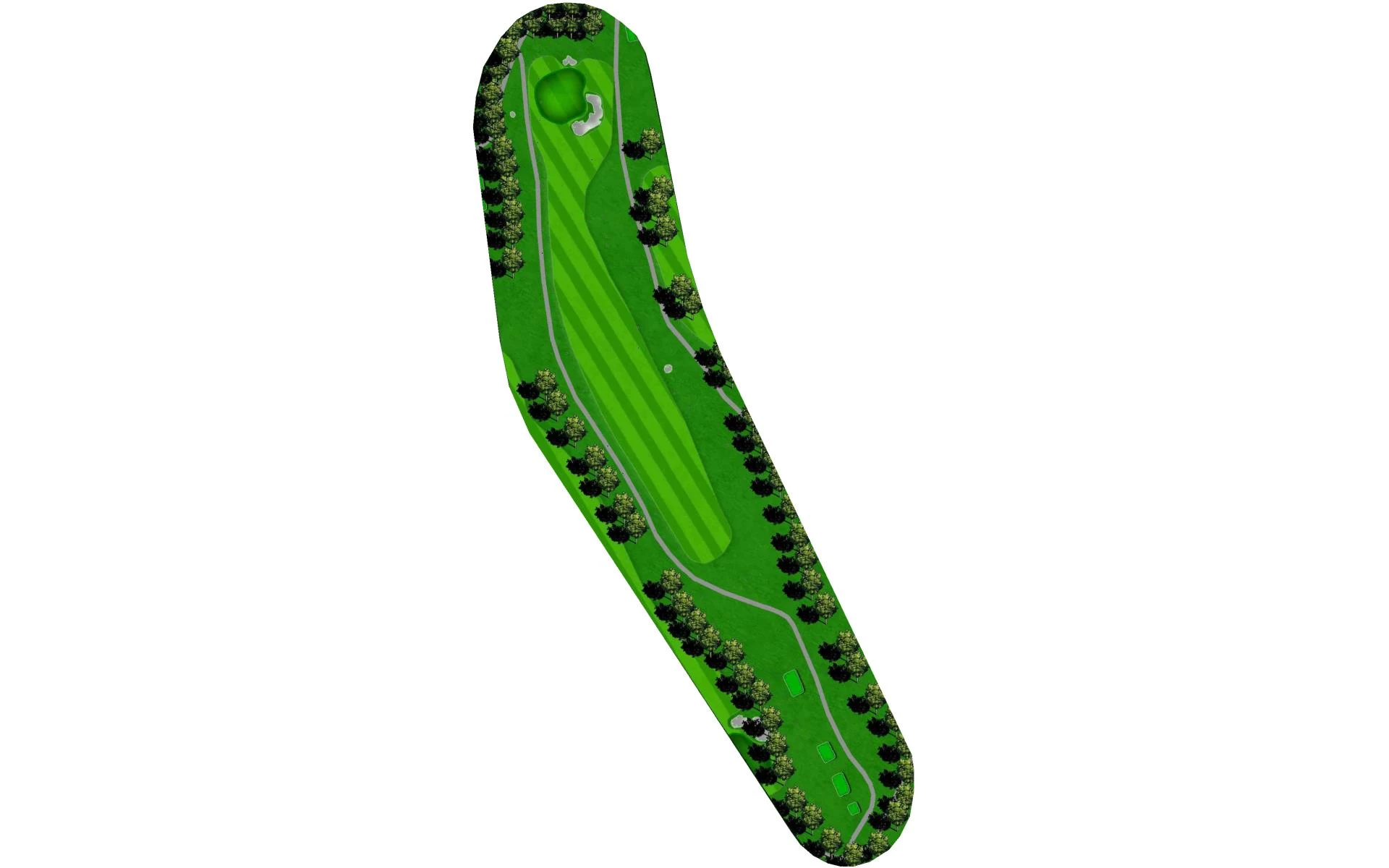
# 8 / Hole #8
Par: 4
Handicaps:
Men's 6
Women's 5
“Down the prevailing wind, or downhill, give the player, as a rule, the running shot.” – George Thomas, 1927
Yardage by Tee:
Club 414
Cobble 375
Granite 432
Nugget 375
Pebble 375
Slope:
Granite 134 / Club 126 / Cobble 122 / Pebble 131 / Nugget 128
Pro Tips
This slight dogleg right par 4 is one of the few on the course without a fairway bunker, but don’t think it’s a hole where you can just swing away off the tee. More specifically, it’s a fool’s errand to attempt to cut the corner down the right side, as it requires an approach hit over a cluster of trees about 80 yards short of the putting surface. George Thomas would approve, as this green is generally receptive to run-up shots, but once on the green, players might find their putts break more than they appear to, thanks to a prominent left-to-right slope across the entire putting surface.
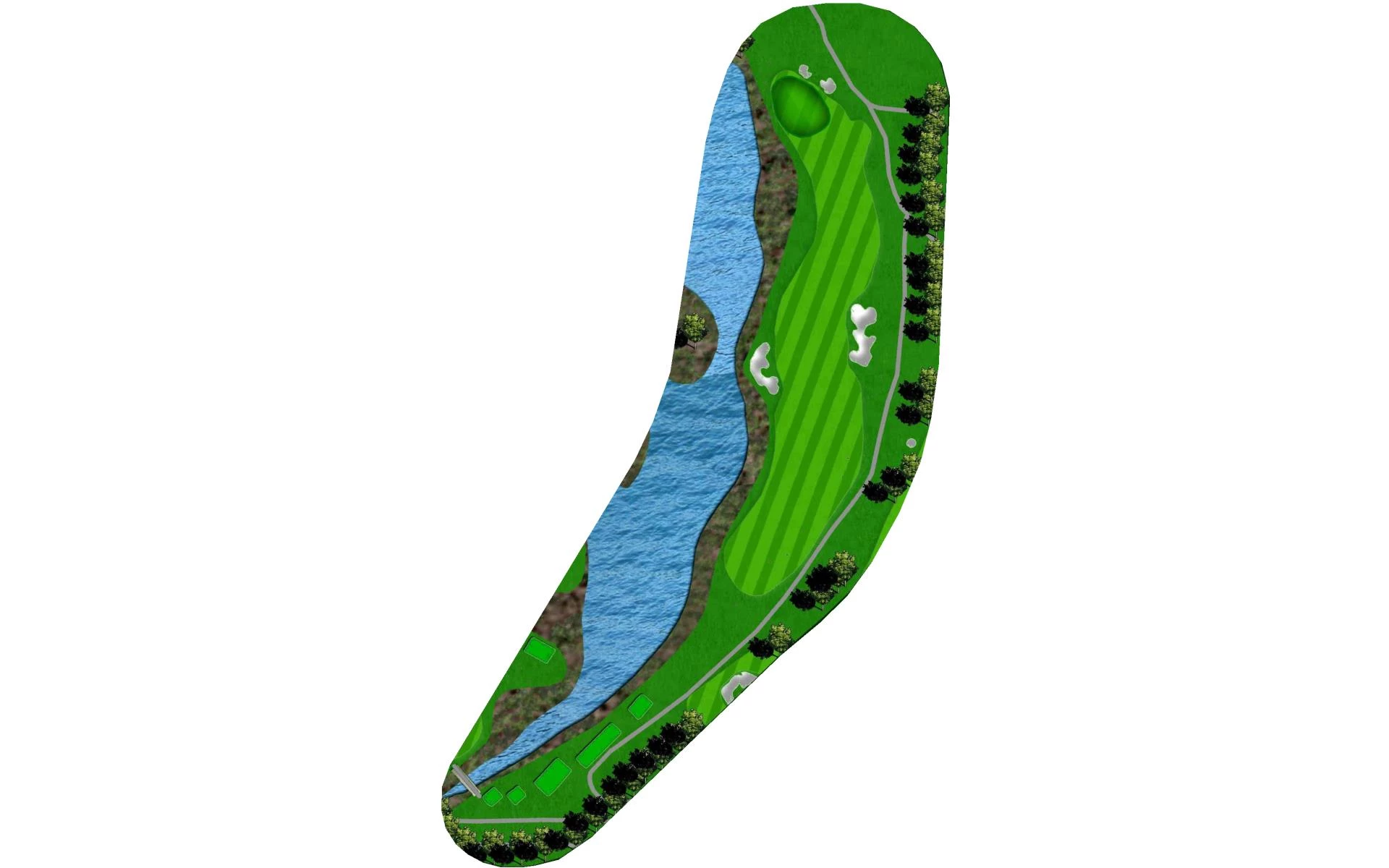
# 9 / Hole #9
Par: 4
Handicaps:
Men's 14
Women's 7
“There should be heroic carries but always an alternative route.” – Alister Mackenzie, 1920
Yardage by Tee:
Club 390
Cobble 379
Granite 409
Nugget 359
Pebble 359
Slope:
Granite 134 / Club 126 / Cobble 122 / Pebble 131 / Nugget 128
Pro Tips
A heroic carry is what’s now required from the back tees on number 9, as that championship tee box has been angled to bring more of the water in play off the tee. Those not playing from the back tees will still want to think heroically, as players who bail out right with their drives will be left with approach shots
that are long and difficult. Golfers who like to hit running shots onto the green can do so here, but be warned, greenside bunkers along the back can make for perilous recovery shots when the hole is cut in the back-right section of the green.
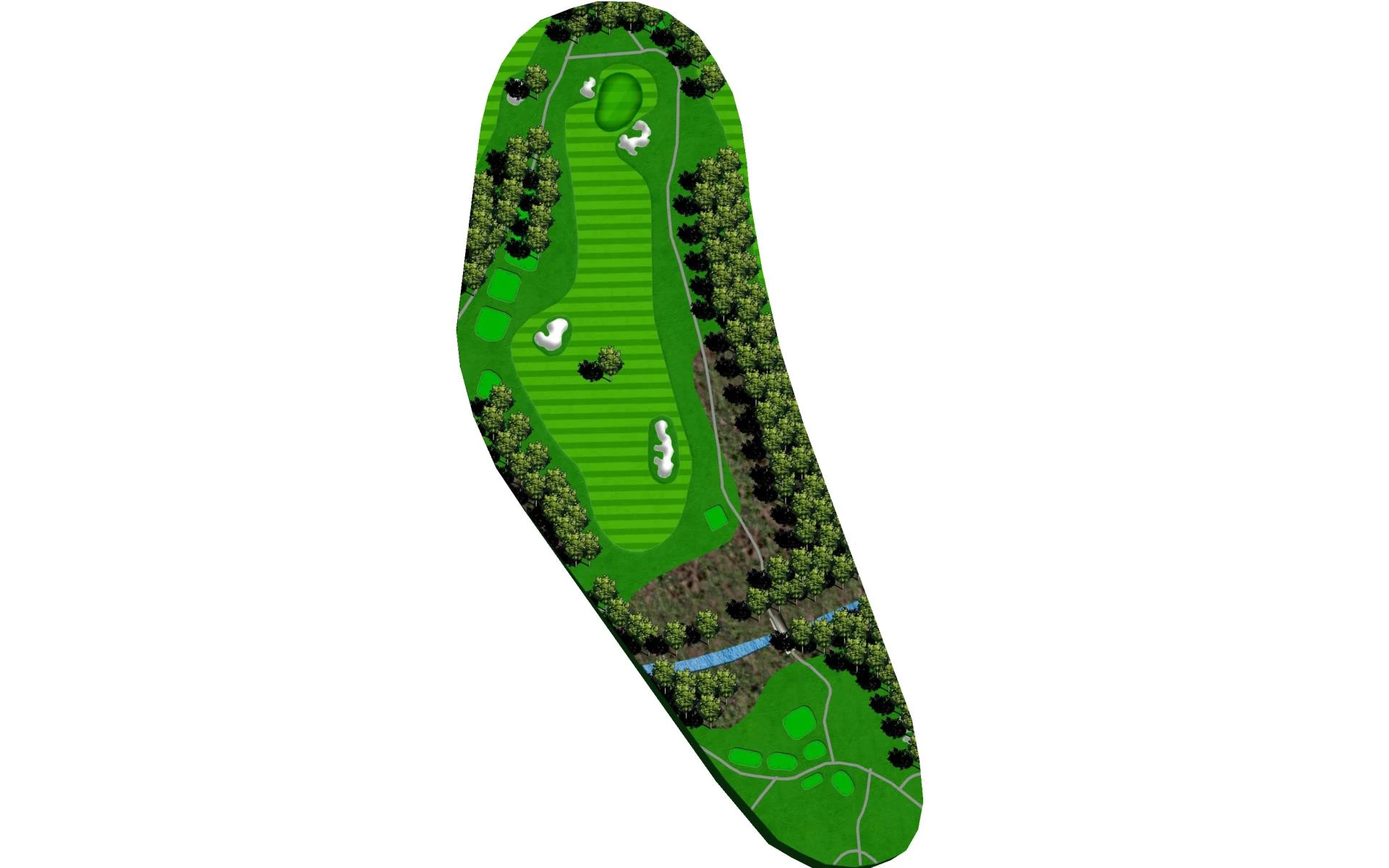
# 10 / Hole #10
Par: 4
Handicaps:
Men's 11
Women's 16
“Every hole should have a different character.” – Alister Mackenzie, 1920
Yardage by Tee:
Club 351
Cobble 351
Granite 367
Nugget 244
Pebble 244
Slope:
Granite 134 / Club 126 / Cobble 122 / Pebble 131 / Nugget 128
Pro Tips
A big blue oak stands resolutely in the center of the fairway and provides plenty of character on this hole. Golfers must not only avoid it with their tee shots but position their drives so they have a clear approach to the slightly elevated green. In particular, players who aim to the left of the tree will have more fairway to work with. On the green, a ridge bisects the green from left to right and will funnel balls toward the front or the back of the putting surface, depending on where and how those approach shots land
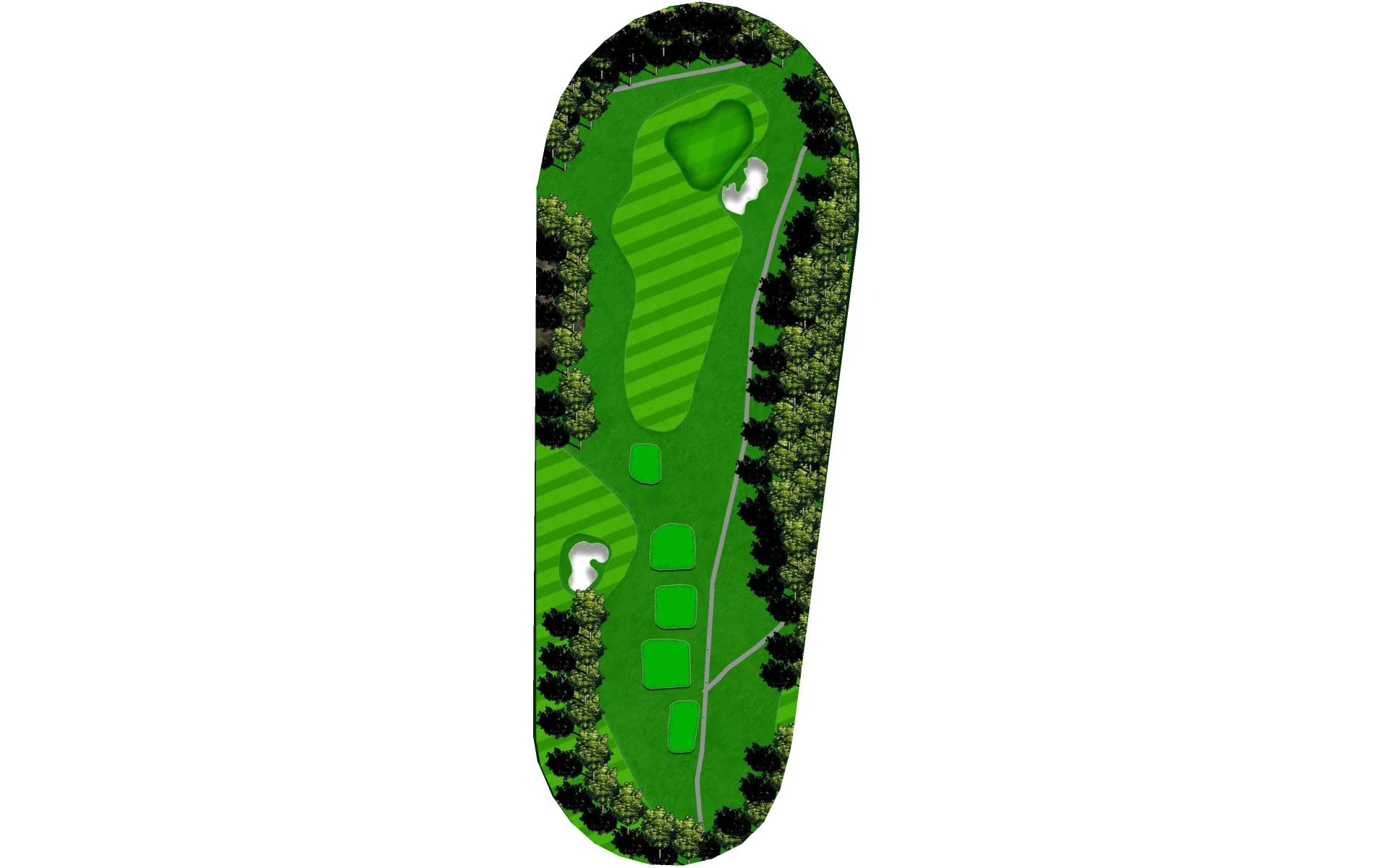
# 11 / Hole #11
Par: 3
Handicaps:
Men's 17
Women's 18
“There should be variety in the strokes required to play the various holes....” – Alister Mackenzie, 1920
Yardage by Tee:
Club 164
Cobble 144
Granite 183
Nugget 114
Pebble 114
Slope:
Granite 134 / Club 126 / Cobble 122 / Pebble 131 / Nugget 128
Pro Tips
The eleventh hole at Granite Bay is both difficult and underrated. Playing downhill and typically with a helping wind, this medium-length par 3 requires accuracy off the tee. An expansive bunker guards the entire right side of the green, while the left side features mounding that can either provide a favorable bounce or repel shots into a closely mowed collection area. Tee shots that bounce or roll past the middle of green almost always roll off the back of the putting surface. Par is a good score here.
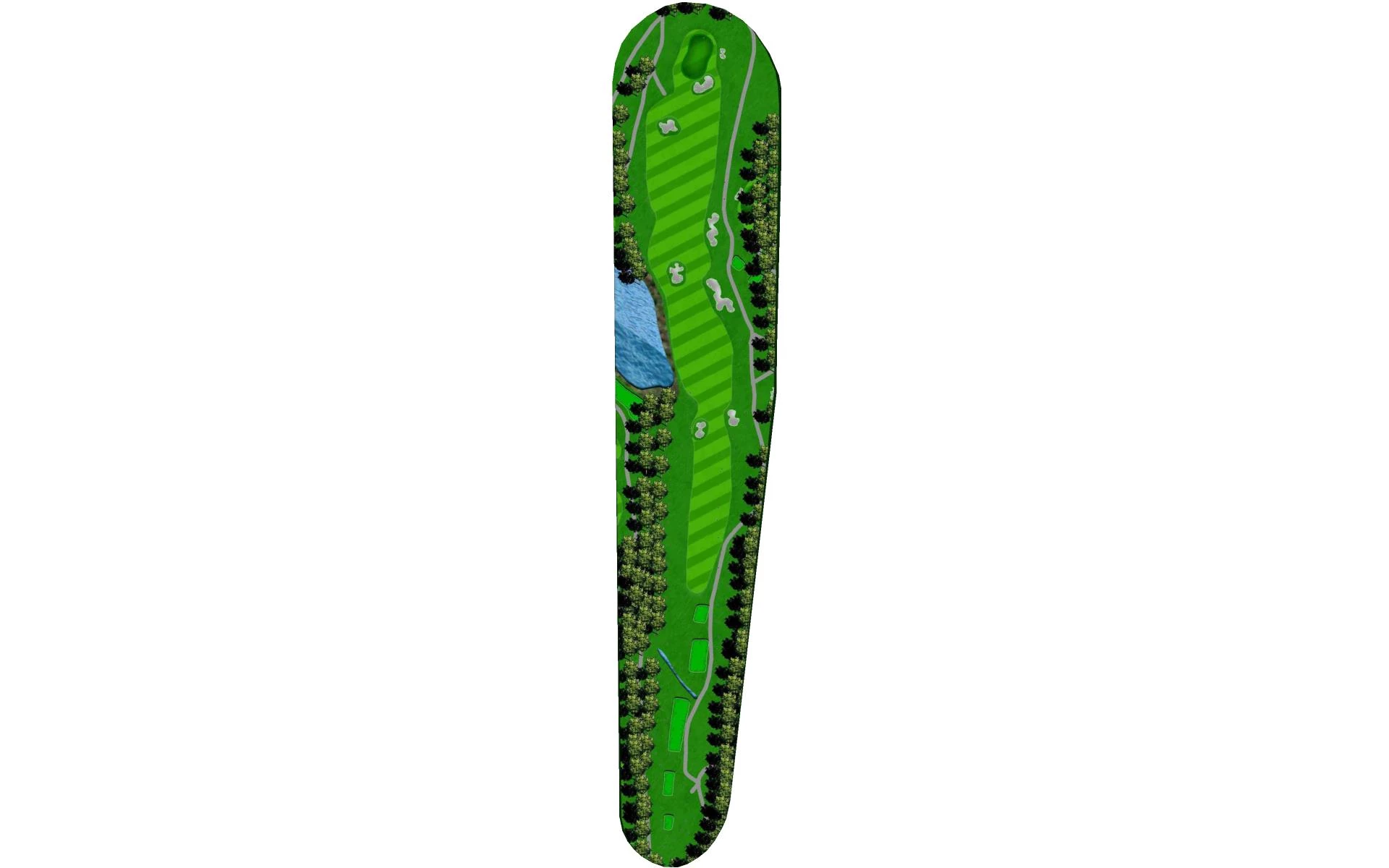
# 12 / Hole #12
Par: 5
Handicaps:
Men's 3
Women's 8
“Ensure variety and make everything look natural.” – Alister Mackenzie, 1920
Yardage by Tee:
Club 518
Cobble 486
Granite 543
Nugget 452
Pebble 452
Slope:
Granite 134 / Club 126 / Cobble 122 / Pebble 131 / Nugget 128
Pro Tips
An uphill par 5 that plays more than 600 yards from the championship tees, number 12 is a true three-shot hole. What you see is what you get off the tee, but the real challenge comes on the second and third shots, which golfers will play from uphill lies. On layups, clearing the bunker that juts out into the middle of the fairway from the right side requires a well-struck shot. Similarly, hitting the green in regulation requires an aerial attack, as the putting surface is guarded by a bunker in the front. The hole gets easier once players reach the deep green, which slopes from back to front, but getting there is the challenge. According to one of the club’s golf professionals, “number 12 could almost be a signature hole if it wasn’t so damn hard!”
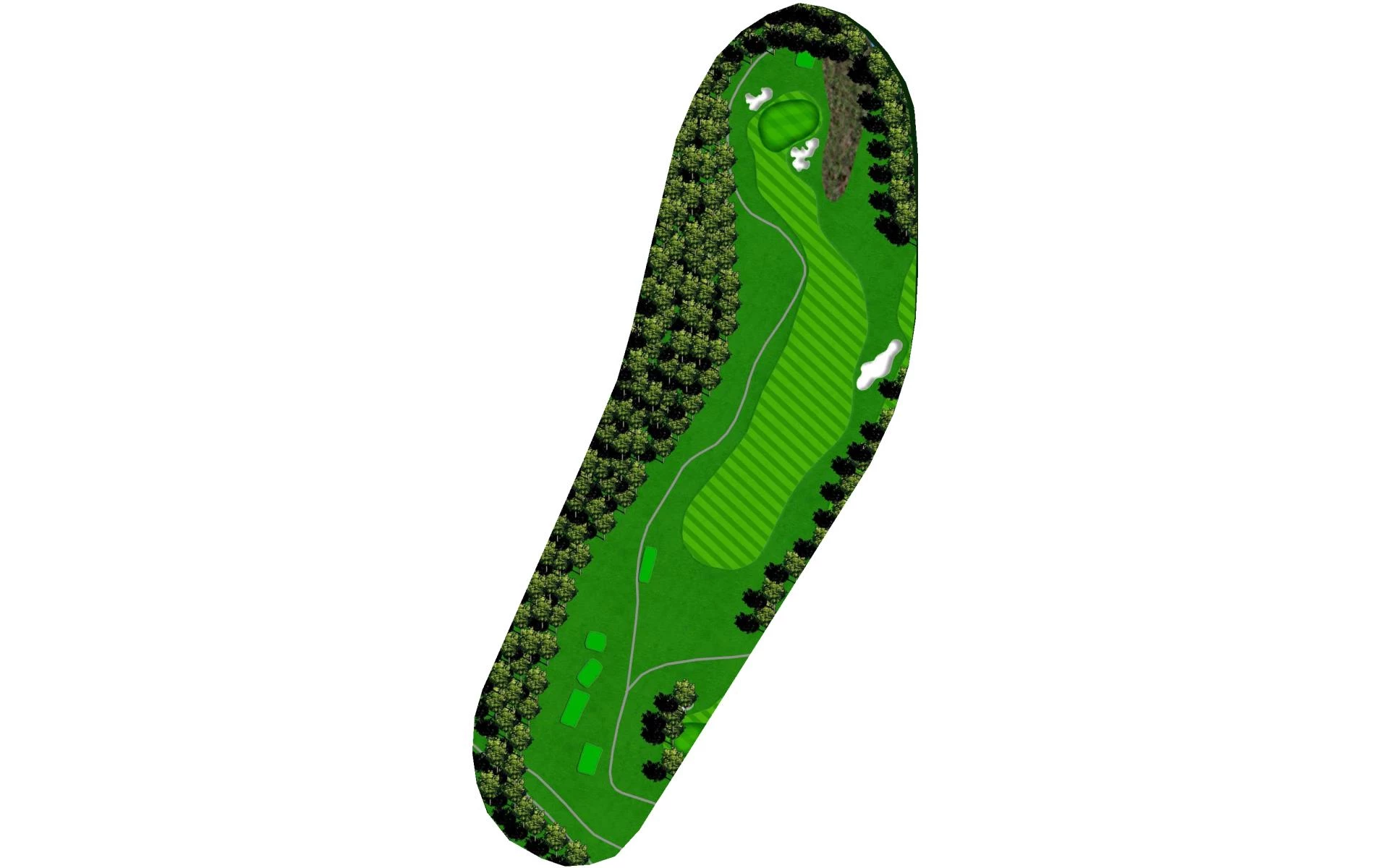
# 13 / Hole #13
Par: 4
Handicaps:
Men's 5
Women's 4
“In a perfect hole the greens and approaches should be visible…it gives great pleasure or pain to see the result of one’s shot....” – Aliste…
“In a perfect hole the greens and approaches should be visible…it gives great pleasure or pain to see the result of one’s shot....” – Alister Mackenzie, 1920
Yardage by Tee:
Club 338
Cobble 323
Granite 356
Nugget 291
Pebble 291
Slope:
Granite 134 / Club 126 / Cobble 122 / Pebble 131 / Nugget 128
Pro Tips
After a colossal par 5, this short, dogleg left par 4 offers a bit of a reprieve. Take less than driver off the tee, as a 230-yard drive from the back tees leaves only 140 yards or so in. The second shot plays slightly downhill but into a prevailing wind and, most often, from a downhill lie. Therein lies the challenge on the back nine at Granite Bay—players will be lucky to find a level lie in the fairway. The green on number 13 is fairly wide, though it’s a very subtle turtleback shape, which means shots hit near the edges are likely to funnel away from the middle of the green.
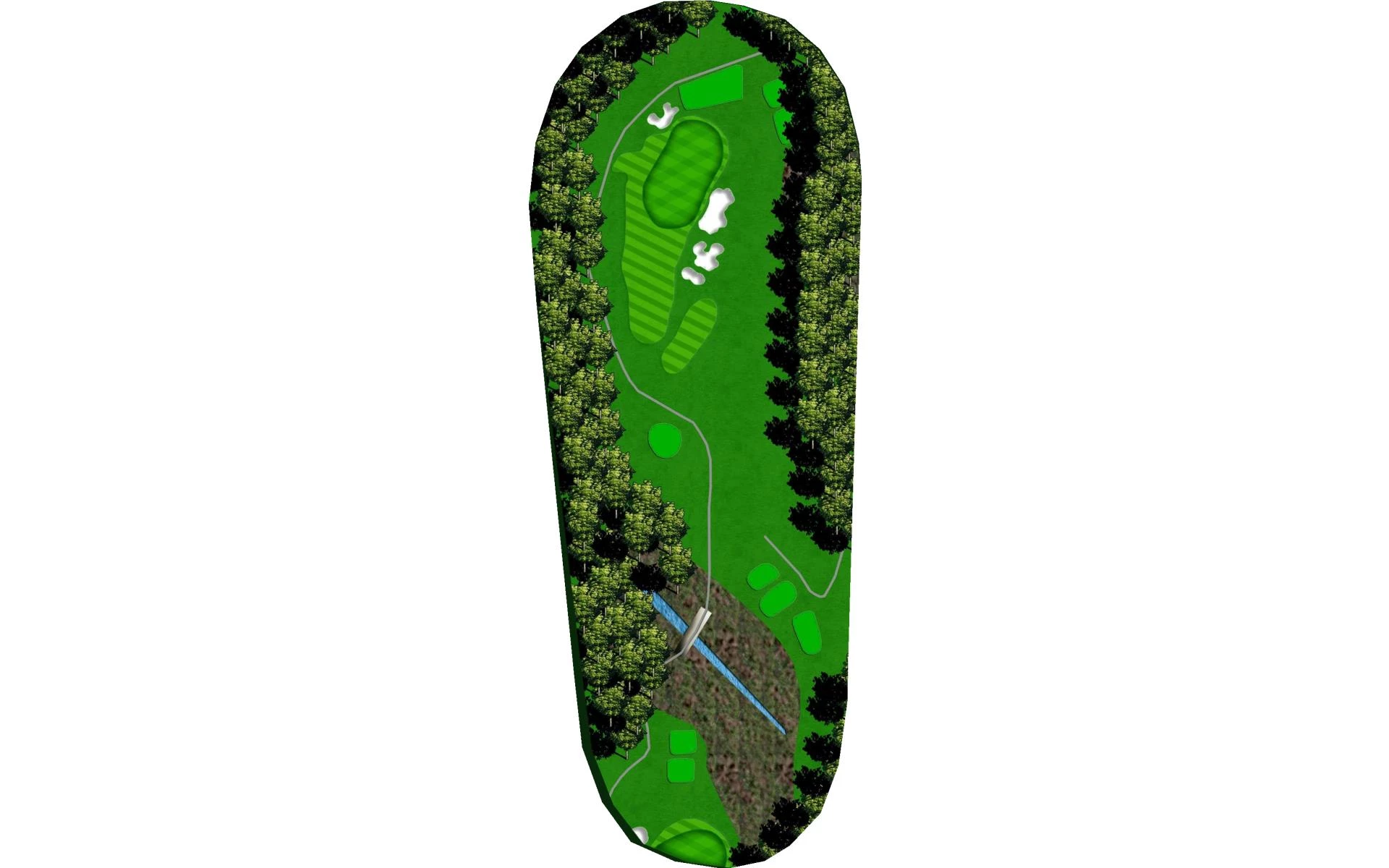
# 14 / Hole #14
Par: 3
Handicaps:
Men's 15
Women's 10
“The truly ideal course must have natural hazards on a large scale for superlative golf.” – George Thomas, 1927
Yardage by Tee:
Club 165
Cobble 152
Granite 200
Nugget 95
Pebble 152
Slope:
Granite 134 / Club 126 / Cobble 122 / Pebble 131 / Nugget 128
Pro Tips
Playing over a ravine with a waterway below, the signature hole at Granite Bay requires a solid tee shot, especially considering that this long par 3 most often plays into a prevailing wind that blows in from the left. Hit your tee shot short and you’ll be left with a pitch shot onto the green from an uphill lie, but hit it long and you could find yourself in the back greenside bunker—a difficult place to be given how much the terrain slopes away from you. A bailout area to the left provides plenty of room to miss, but getting up and down from that area is no easy task.
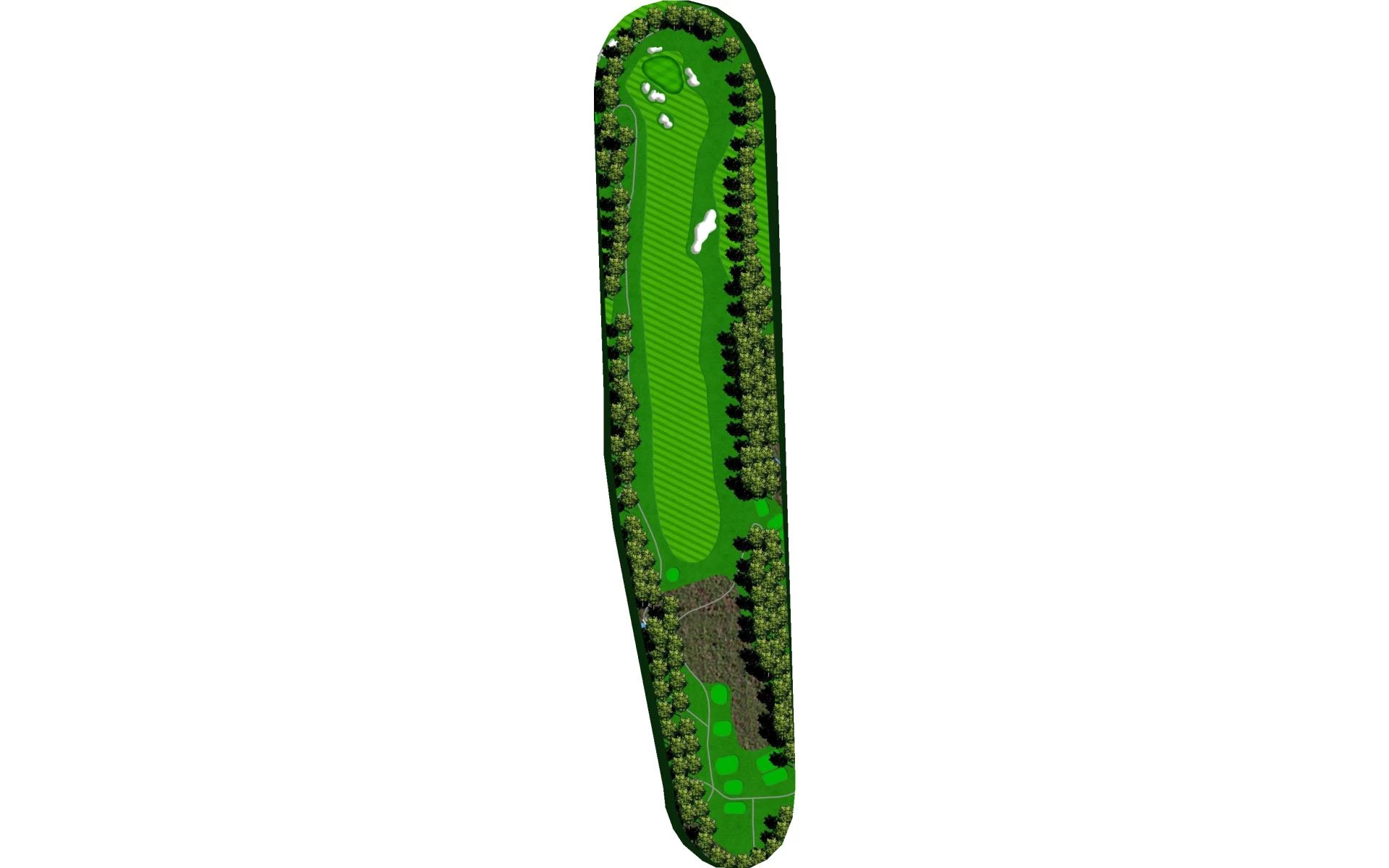
# 15 / Hole #15
Par: 5
Handicaps:
Men's 13
Women's 14
“Make holes look much more difficult than they really are.” – Alister Mackenzie, 1920
Yardage by Tee:
Club 487
Cobble 436
Granite 501
Nugget 353
Pebble 353
Slope:
Granite 134 / Club 126 / Cobble 122 / Pebble 131 / Nugget 128
Pro Tips
Tee shots on number 15, the last par 5 at Granite Bay, play from an elevated position over a ravine, which requires drives to fly more than 220 yards from the championship tees. The hole is reachable in two with two solid shots, though the second plays uphill, which makes the target area that much smaller. Players who choose to go for this small, heavily bunkered green in two should be ready to accept playing their third shot from any one of the sandy, greenside bunkers. The three bunkers to the left of the green are smaller now than they used to be, but players who take on those bunkers are still at the mercy of the lie. A bailout area on the right provides a safer alternative.
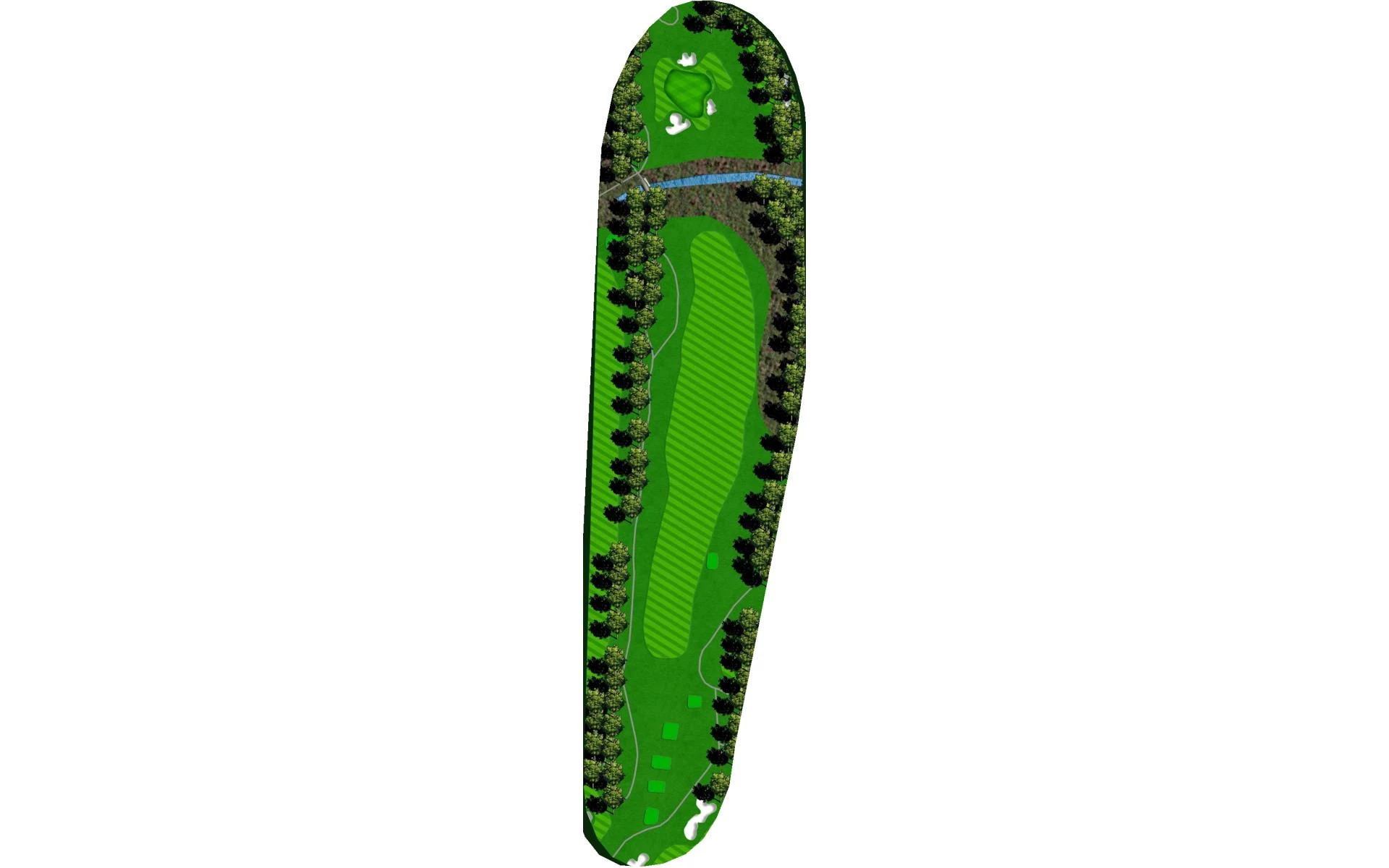
# 16 / Hole #16
Par: 4
Handicaps:
Men's 1
Women's 2
“The drive is governed by the difficulties provided for the approach…the player on the teeing ground is compelled to consider his second str…
“The drive is governed by the difficulties provided for the approach…the player on the teeing ground is compelled to consider his second stroke.” – H.S. Colt, 1919
Yardage by Tee:
Club 381
Cobble 360
Granite 400
Nugget 275
Pebble 275
Slope:
Granite 134 / Club 126 / Cobble 122 / Pebble 131 / Nugget 128
Pro Tips
This picturesque holes play downhill, which means players can get a lot of runout on their drives. That may shorten the subsequent approach shot, but the farther down the hill players hit their drives, the more
likely it is that they’ll be faced with an uneven and downhill lie for their next shot. The flattest lie in the fairway will leave about 180 yards to a green that slopes from left to right with aggressively angled contours shaping the front portion of the putting surface. As Colt suggests, players would be wise to consider their approaches before committing to a tee shot.
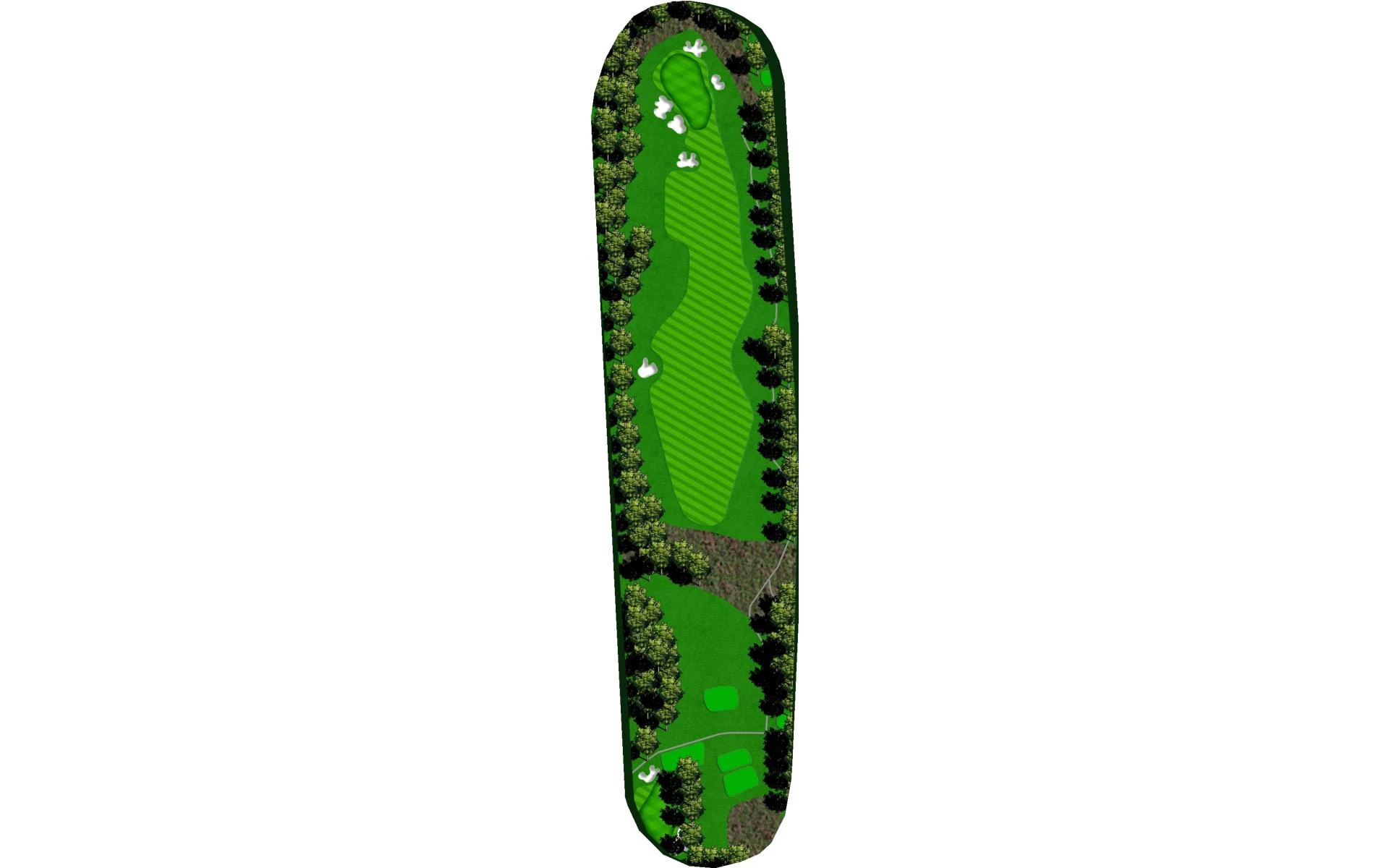
# 17 / Hole #17
Par: 4
Handicaps:
Men's 7
Women's 12
“Diversity of hazard and variety of shots are necessary if the course is to keep up in character....” – George Thomas, 1927
Yardage by Tee:
Club 352
Cobble 300
Granite 368
Nugget 270
Pebble 270
Slope:
Granite 134 / Club 126 / Cobble 122 / Pebble 131 / Nugget 128
Pro Tips
On the scorecard, number 17 looks imminently gettable, but all is not as it seems. The hole plays much longer than the yardage due to the fact that a player’s second shot plays steeply uphill. From the fairway looking up, players are likely to only see bunkers—the entire putting surface is concealed—which might make them wonder if there’s even a green waiting for them up the hill. Potentially drivable for the longer hitters, number 17 is one of those par 4s that can produce a wide range of outcomes.
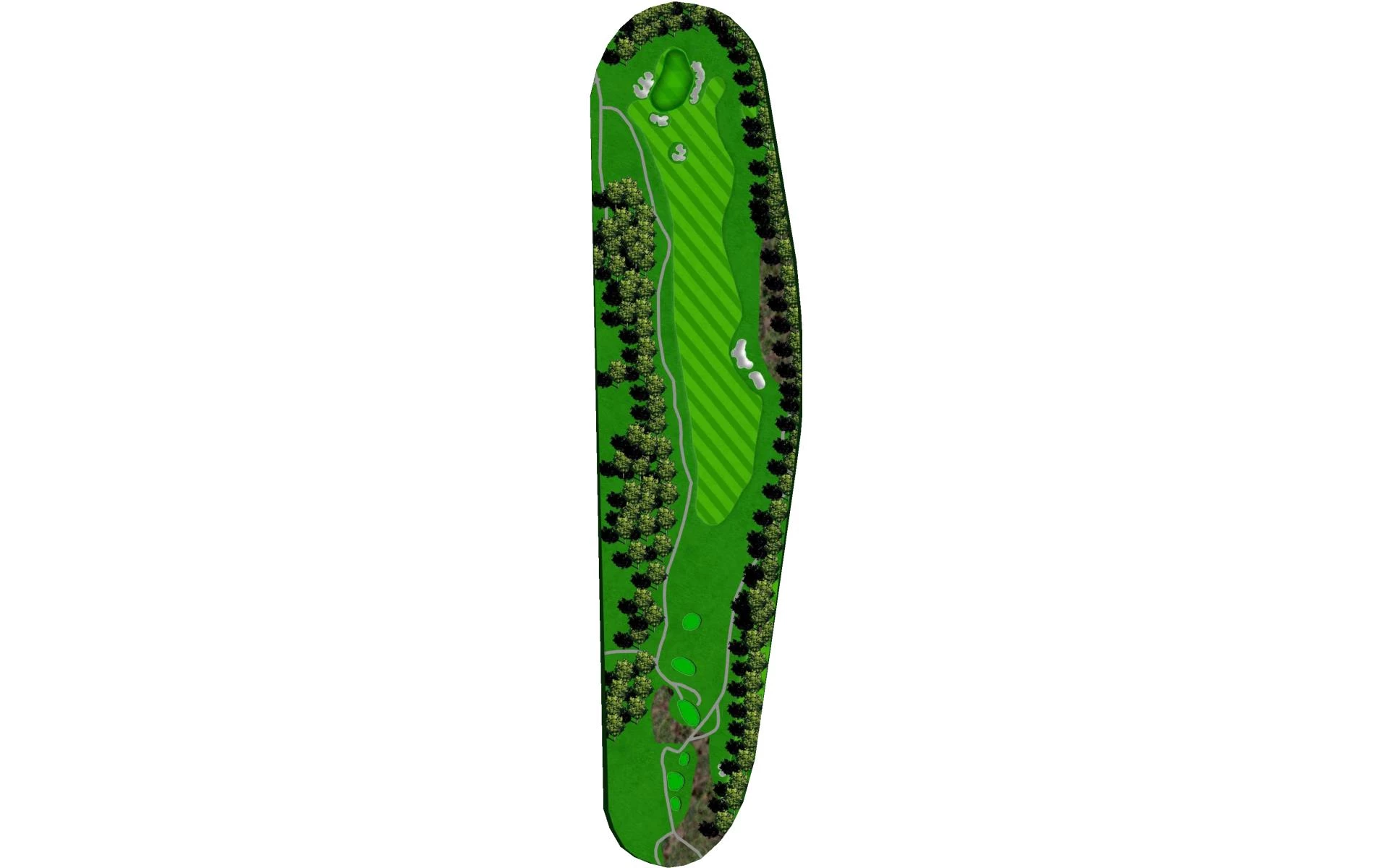
# 18 / Hole #18
Par: 4
Handicaps:
Men's 9
Women's 6
“The most important thing in the championship course is the terrain…one must get the thrill of nature.” – George Thomas, 1927
Yardage by Tee:
Club 407
Cobble 390
Granite 455
Nugget 350
Pebble 350
Slope:
Granite 134 / Club 126 / Cobble 122 / Pebble 131 / Nugget 128
Pro Tips
Make sure you enjoy the sights from the tee box on number 18, as the vantage point provides one of the best panoramic views of any course in the Sacramento area. The wide landing area allows players to pull drivers from their bags with confidence; however, thanks to a fairway that slopes from right to left, when golfers prepare to hit their approach shots, they’ll be taking aim at a large, well-bunkered green with the ball positioned above their feet. From an elevated vantage point, players will see a lot of sand as they hit their second shots, and while the front bunker is the easiest to recover from, the difficulty from the remaining greenside bunkers fluctuates based on each day’s hole location.
